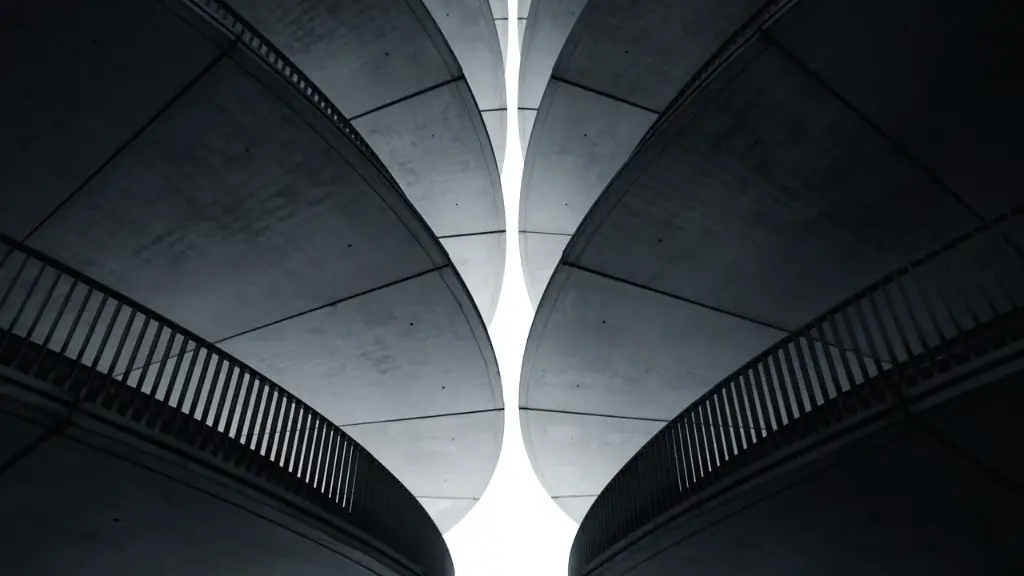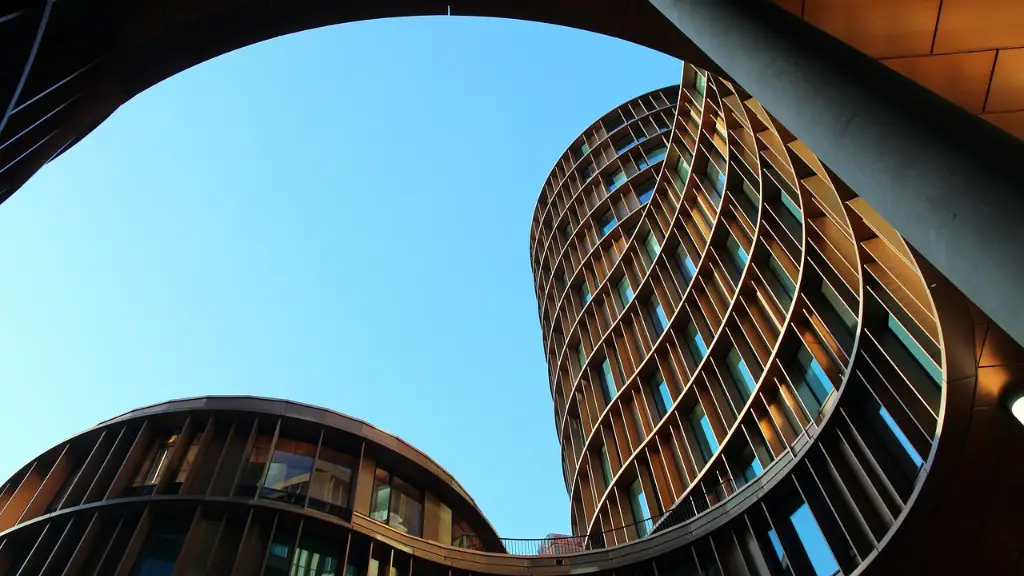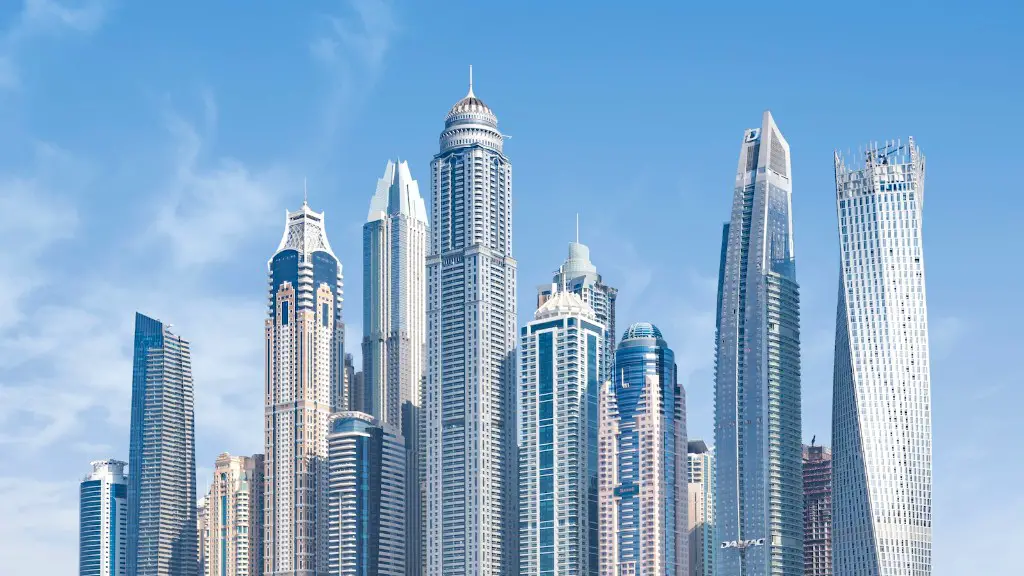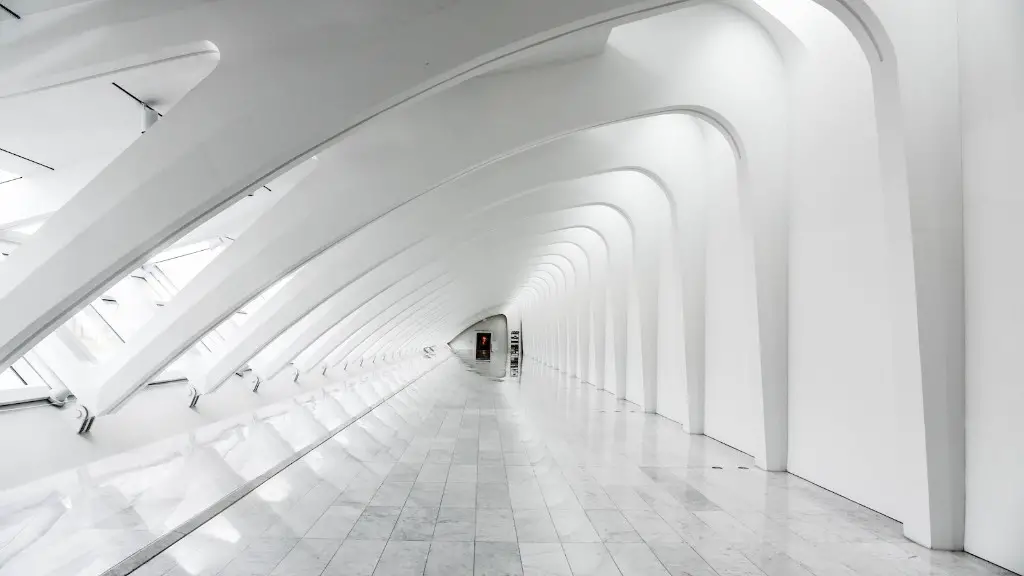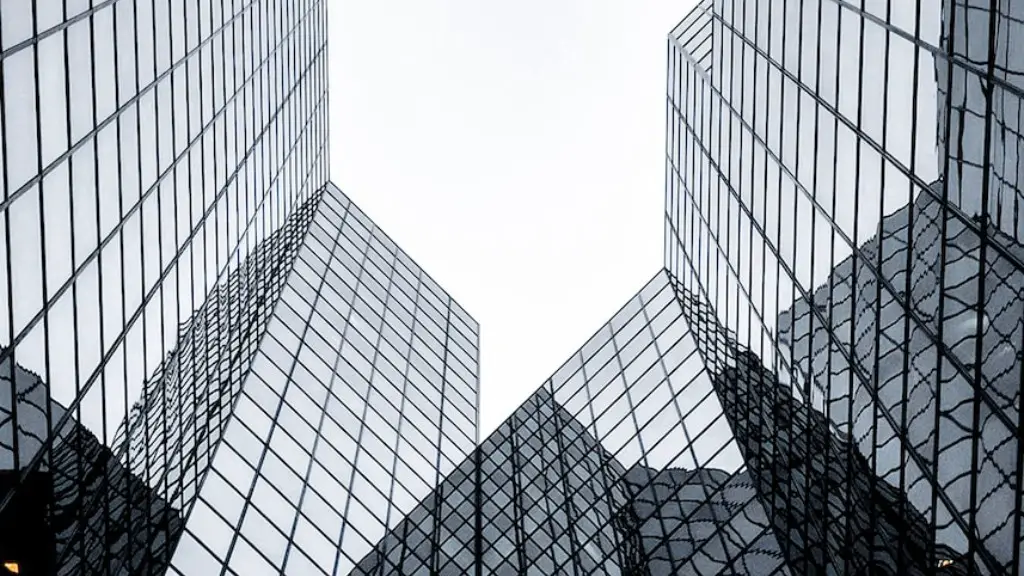Asian architecture is one of the most distinctive and culturally significant styles of architecture in the world. Characterized by its use of bold colors, intricate patterns, and striking features, Asian architecture is often seen as highly ornate and opulent. While the style varies from region to region, common features of Asian architecture include the use of latticed windows, carved dragons, and elaborate roof designs.
Asian architecture generally refers to the architecture of countries in Asia, especially East Asia and Southeast Asia. This includes a wide range of architectural styles that have developed over the millennia in various Asian cultures.
What is the architecture of Asia?
Asian architecture has been heavily influenced by ancient religions, with Hinduism and Buddhism being the most evident. Temples and worship sites often incorporate or heavily focus on the influences of nature, even being carved as tunnels out of mountainsides. This is due to the belief that nature is sacred and should be respected and worshipped.
Chinese architecture is characterized by bilateral symmetry, which means that the left and right sides of a building are mirror images of each other. This often results in a building that has a central axis running through it, with rooms and courtyards arranged around this axis. Chinese architecture also often makes use of enclosed open spaces, such as courtyards, which can be used for a variety of purposes such as socializing, relaxing, or farming. Feng shui, or the Chinese tradition of creating harmonious environments, is also often used in Chinese architecture, and this can be seen in the way that buildings are orientated in relation to the natural world and to each other. There is also a horizontal emphasis in Chinese architecture, with roofs often being very wide and flat. This is in contrast to the vertical emphasis seen in many Western buildings. Finally, Chinese architecture often makes use of cosmological, mythological, or symbolic elements, such as dragons, to create a sense of majesty and grandeur.
What is modern Asian architecture
The Modern Contemporary Asian design concept is all about efficiency and functionality. Just like the micro apartments in Hong Kong, Japan, and Manila, architects utilize modern design principles and fit in more functions that can be accommodated in a limited floor space. This approach is perfect for today’s fast-paced and ever-changing world.
Earth, timber, stone, bricks, and tiles are the major materials used in construction. Earth and wood have been used throughout history as construction materials.
What are 3 characteristics of Asia?
The physical geography of Asia is generally categorized into three: land of high elevation (mountains and plateaus), land of low elevation (plains and deserts), and major bodies of water, such as rivers, lakes, and seas.
Asia has some of the world’s tallest mountains, including the Himalayas, which stretch across several countries and are home to Mount Everest, the tallest mountain in the world. The Tibetan Plateau is another large plateau that covers a significant portion of Asia.
The world’s largest desert, the Sahara, is located in Asia, as well as the world’s largest desert, the Gobi. Asia also has some of the world’s longest rivers, including the Yangtze, Indus, and Ganges.
The Caspian Sea is the largest inland sea in the world, while the Aral Sea is one of the largest lakes in the world.
The region is a major economic powerhouse and is home to a rich diversity of both socio-economic and natural environments. It is also blessed with an abundance of natural resources, including tropical rain forests and marine products.
What are the 5 elements of architecture?
Sustainable architectural design means making buildings and homes that are environmentally friendly and that don’t use up too much of the earth’s resources.
Functionality & considered engineering is making sure that the buildings and homes are designed in a way that they will be safe and comfortable to live in, and that they will be able to withstand the wear and tear of everyday life.
Responsibly constructed means that the building materials used are sourced from sustainable sources and that the construction process itself doesn’t damage the environment.
Liveability means that the buildings and homes are designed in a way that makes them comfortable and enjoyable to live in.
Beauty is creating a pleasing aesthetic design that people will enjoy looking at.
Seven principles that encompass an interesting design are balance, rhythm, emphasis, proportion and scale, movement, contrast, and unity. All seven of these principles should be used in order to create a design that is visually appealing and interesting.
What are the 5 principles of architecture
The 5 Points of Modern Architecture in Contemporary Projects are:
Pilotis: Lifting a building over pilots frees the ground floor for the circulation of people and vehicles.
Free Design of the Ground Plan: This allows for a flexible and open layout, which can be adapted to the specific needs of the occupants.
Free Design of the Facade: Horizontal windows and an uncluttered exterior give a modern look to a building.
Floors in Different Heights: This creates a sense of light and airiness inside the building.
Roof Gardens: These can provide a green oasis in the middle of a city.
There are seven different types of architecture: residential, commercial, landscape, interior design, urban design, green design, and industrial architecture. Each type of architecture has its own unique features and benefits that can be used to create a variety of different spaces.
What are 3 characteristics of modern architecture?
Modernism in architecture is an architectural style that emphasizes simplicity and functionality. Modernist architecture is often characterized by an emphasis on volume and asymmetrical compositions. Modernist buildings are often minimalistic in their ornamentation. In Britain, the term Modern Movement has been used to describe the architecture of the 1930s to the early 1960s.
Key Asian architecture is some of the most interesting and varied in the world. From the skyscrapers of Beijing and Hong Kong to the traditional temples of Japan and Korea, there is something for everyone. India and Singapore also have a strong architectural tradition, with a focus on more traditional structures. Dubai in the UAE is also home to a number of interesting buildings, mostly towers.
What types of art is Asia known for
The museums of the world are filled with all kinds of wonderful artifacts and artworks from all cultures, but some collections stand out as being particularly remarkable. Among these are the collections of Hindu and Buddhist sculpture, Chinese jades, bronzes, ceramics, and paintings, Japanese screens and woodblock prints, Korean celadon, and Indian and Persian miniature paintings. These collections offer a glimpse into the rich history and culture of their respective regions, and are truly treasures of the world.
Imperial administration buildings were designed to project power and prestige. They were often large and ornate, with many decorative features. Traditional residences were more modest in size and design, and were built to be comfortable and functional. Religious buildings were often the most elaborate and ornate, designed to reflect the grandeur of the gods they represented.
What is the most important feature of Chinese architecture?
Chinese architecture is known for its use of curving roofs and overhanging eaves. These features help to protect against the rain and sun, and also allow for ventilation. In addition, Chinese buildings often have circular end tiles, which are believed to bring good luck.
Asian values typically emphasize the importance of discipline, hard work, frugality, educational achievement, and balancing individual and societal needs. Additionally, many Asians tend to show deference to authority figures.
How do you define Asia
There are seven continents in the world, each with its own unique geographical features. Europe is bordered by the Arctic Ocean to the north, the Atlantic Ocean to the west, and the Mediterranean Sea to the south. To the east, Europe is bounded by the Ural Mountains, the Caucasus Mountains, and the Black Sea. Central Asia is home to the Caspian Sea, which is the world’s largest inland body of water. The continents of Asia and Africa are separated by the Red Sea. Southeast Asia is bounded by the Indian Ocean, the Bay of Bengal, and the South China Sea. Australia is the smallest continent and is surrounded by the Pacific and Indian Oceans.
The word “Asia” has only been used to describe a sense of regional integration or solidarity among Asian peoples for a relatively short period of time. This sense of the word is thought to date back to the late nineteenth and early twentieth centuries. However, it is important to note that this is only a relatively recent development and that the word “Asia” has a long history of being used to describe a wide variety of different geographical regions.
Warp Up
Asian architecture is a style of architecture that has origins in the cultures of Asia. This style of architecture is often characterized by its use of light materials, intricate detailing, and bold colors. Additionally, Asian architecture often incorporates elements of nature, such as plants and animals, into its designs.
Asian architecture is a fascinating blend of Eastern and Western influences. From the ornate temples of Thailand to the high-tech skyline of Hong Kong, Asian cities are a visual feast. The architecture of Asia is a reflection of the continent’s rich history and culture.
